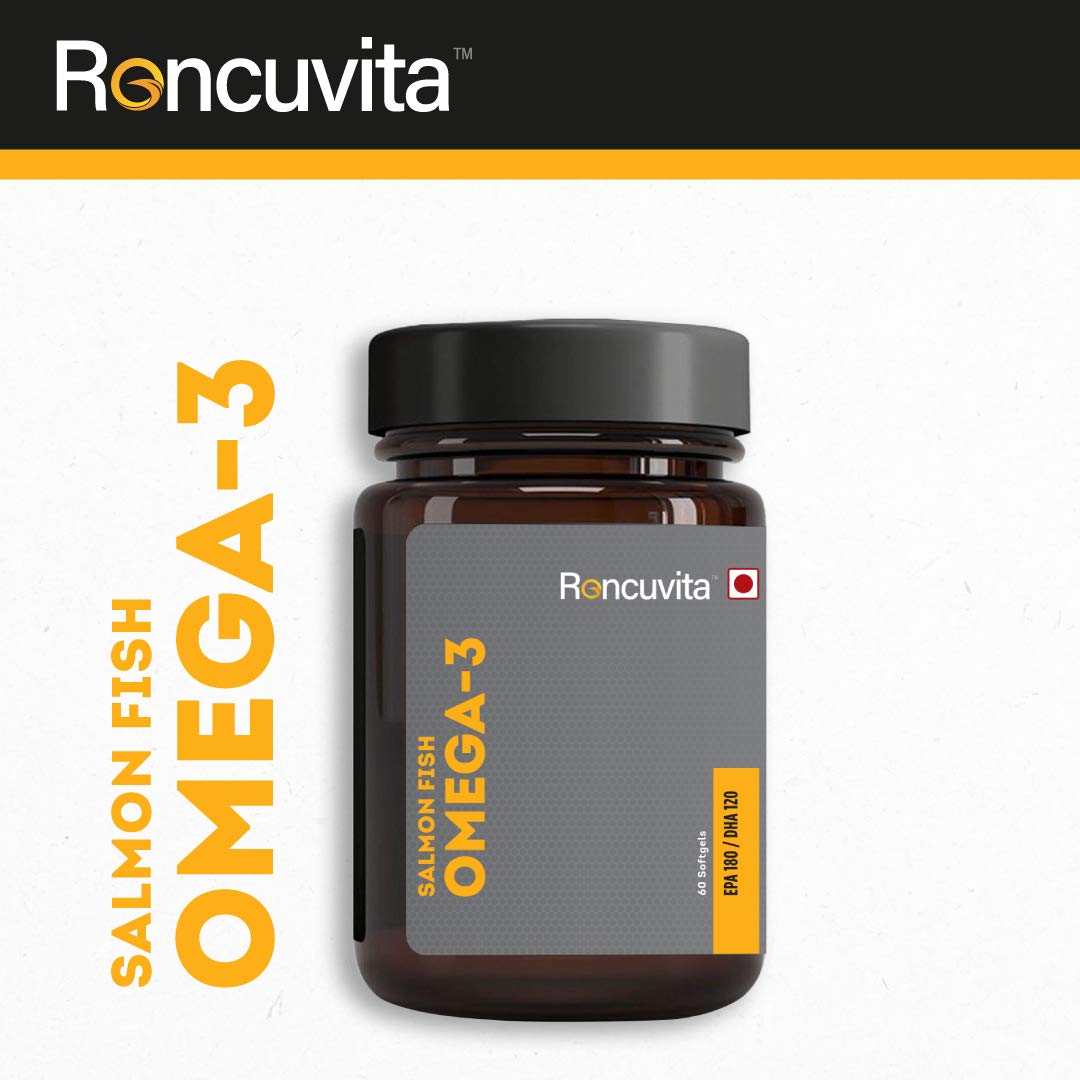There are many factors that go into determining how many omega-3s there are in salmon, such as the type of salmon, the age of the salmon, and the size of the fish. The article goes on to explain how to figure out just how much omega 3 is in a certain piece of salmon and dispel myths about other sources for omega 3.
What is Omega 3?
Omega 3 are a type of polyunsaturated fatty acids. The most important form is DHA, which is an omega 3 found in the brain and the retina. Salmon Omega 3 may also be found in human breast milk. While there are many types of omega 3, only one type called omega 3-6-9 has been studied in humans and it has been shown to reduce risk for heart disease and stroke. What is omega 6?. Omega 6 fatty acids are also known as essential fatty acids or EFAs for short. Like omega 3, they are essential because the human body cannot synthesize them. Unlike omega 3, EFAs are required in small quantities and hence their effects are more limited.
How much Omega is in Salmon?
Omega is an important fatty acid that is important to your health. It can be found in all animal sources. Salmon, for example, has about 1.6 grams of omega per 100 grams. This makes it very high in omega, which is the main reason why it is so good for you. It has many important nutrients that are essential to human health. Salmon is also rich in protein, which is important for building and maintaining muscles. It also contains many other important nutrients.
How much salmon should I eat? In general, it is recommended to eat a minimum of 2 servings of fish per week. Salmon is a great choice and can be included in your diet.
Omega 3 vs Omega 6
Omega 3 are found in oils, nuts, seeds, and cold water fish, while Omega 6 are found in vegetable oils, margarine, beef tallow, and chicken fat. Vegetable oils contain high levels of Omega 6 which lead to the production of harmful compounds known as lipoxins. These lipoxins increase the risk of diabetes, atherosclerosis, and even cancer. Here’s how it works… Most people in the Western world consume far too many Omega 6 and not enough Omega 3. The body can’t make it’s own Omega 3 so it has to get them from food. It’s impossible for the body to get enough Omega 3 fish oil from food alone.
The body is using up its stores of Omega 3 in order to make enough Omega 6. This leads to a gradual reduction in the amount of Omega 3 in the body, which leads to increased levels of Omega 6 in the blood. This is ultimately dangerous because the body doesn’t have enough Omega 3 to make the hormones it needs, resulting in a variety of health problems. A diet high in Omega 6 can put you at risk for serious conditions such as high blood pressure, high cholesterol and heart disease.
A list of foods with Omega 3 Fatty Acids
Omega three fatty acids are a type of polyunsaturated fatty acid that can be found in fish and marine animals. They are the most prevalent kind of omega fatty acids and they help reduce cholesterol levels and enhance brain function. Omega three fatty acids can be found in many foods, including: chia seeds, flaxseed oil, walnuts and organic pastured eggs.
Foods with a high Amount of Omega 3 Fatty Acid
Omega fatty acids are essential nutrients that are important for the proper functioning of the body. Omega 3 capsules is present in small amounts in plant foods, but can be found in high levels in seafood, including salmon.
Conclusion
There are many good reasons to eat salmon. Not only is it an excellent source of protein, but it is also low in sodium and saturated fats. It is also high in omega-3 fatty acids, which are linked to a number of health benefits.


More Stories
Indulging in Opulence: Guide to Getting Mughlai Cuisine Catered for a Royal-Themed Party in Delhi
Home stirring- Make a Smart Move with Effective Packers and Movers
Household Packing Tips- Pack Your Goods like Professional Packers and Movers